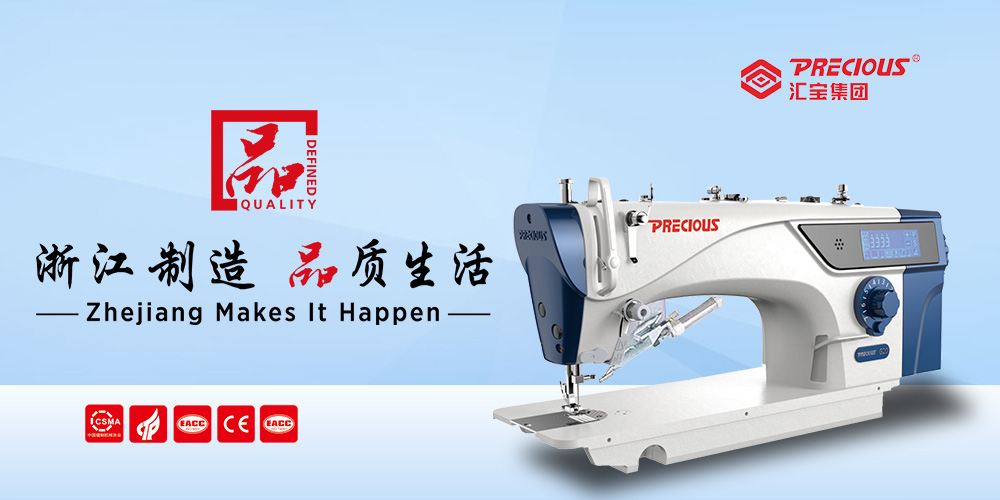TOY RECALLS – IS CHINA THE PROBLEM?
2007-11-1 0:00:00
This paper analyzes the data on toy recalls over the last 20 years and finds that the number of recalls and the number of recalls of Chinese-made toys have witnessed an upward trend. We examine the increase closely and find that the number of defects attributable to design issues is much higher than those attributable to manufacturing problems. We contextualize these findings in light of the latest recall of toys by Mattel and make two major suggestions: first, ensuring the accountability of toy companies to improve their product designs and second, encouraging the development of global standards to enhance product safety.
The recall of an estimated 20 million Chinese-made toys by Mattel on August 14, 2007 shocked the world. Coming in the wake of reports about defective products made in China such as pet food, toothpaste, and tires, the latest recall generated severe reactions. In a poll conducted by Zogby, the majority of people (close to 80%) reported that they were apprehensive about buying goods made in China. Nearly two-thirds (63%) of the respondents reported that they were likely to participate in a boycott of Chinese goods until the Chinese government improved the regulations. Discussing the recall, the CEO of Mattel, Robert Eckert, said "we wouldn't have faced this problem if our suppliers followed the rules." In a recent summit in Canada, the leaders of Canada, the U.S., and Mexico decided to crack down on unsafe goods, particularly those designed for children.
The popular sentiment against Chinese-made products potentially has serious implications for global trade. Therefore, we analyzed the recalls of toys over the last two decades (1988 – 2007) to examine if the number of recalls had systematically increased and what kind of problems were resulting in recalls. We contextualize our finding in the latest toy recalls and make recommendations to improve product safety.
Product Recalls Over Time
The earliest record of toy recalls from the U.S. Consumer Product Safety Commission (CPSC) refers to the instance in 1974 when toy chests were recalled because of the death of a child. Recalling toys and other products in large numbers is an infrequent but not an unprecedented event. In one specific instance in 2006, CPSC recalled over 150 million pieces of jewelry made in India and sold in the U.S., with each piece selling for as little as 25 cents. It was found that about half of the jewelry sold contained excess lead, but all of it was recalled because it was difficult to distinguish which pieces were affected and which were not.
Since 1974, over 680 toy products were recalled. Of these, 550 recalls were made in the last 20 years. Each year, toys were recalled on an average of 28 occasions. The number of recalls over the last 20 years ranged from 15 (in 2003 and 2004) to 52 (in 1989). The number of recalls remained roughly stable until 2006, but appears to be on a rise since then. In this year, CPSC had recalled 40 toys up to August 15, 2007. If this data is extrapolated to the yearend, 2007 may witness 56 recalls, which would be the highest number of recalls in the history of toy industry. In other words, there has been a definite increase in the number of recalls in 2007. This trend may or may not continue in the future, but there has been an upward swing since 2006.













